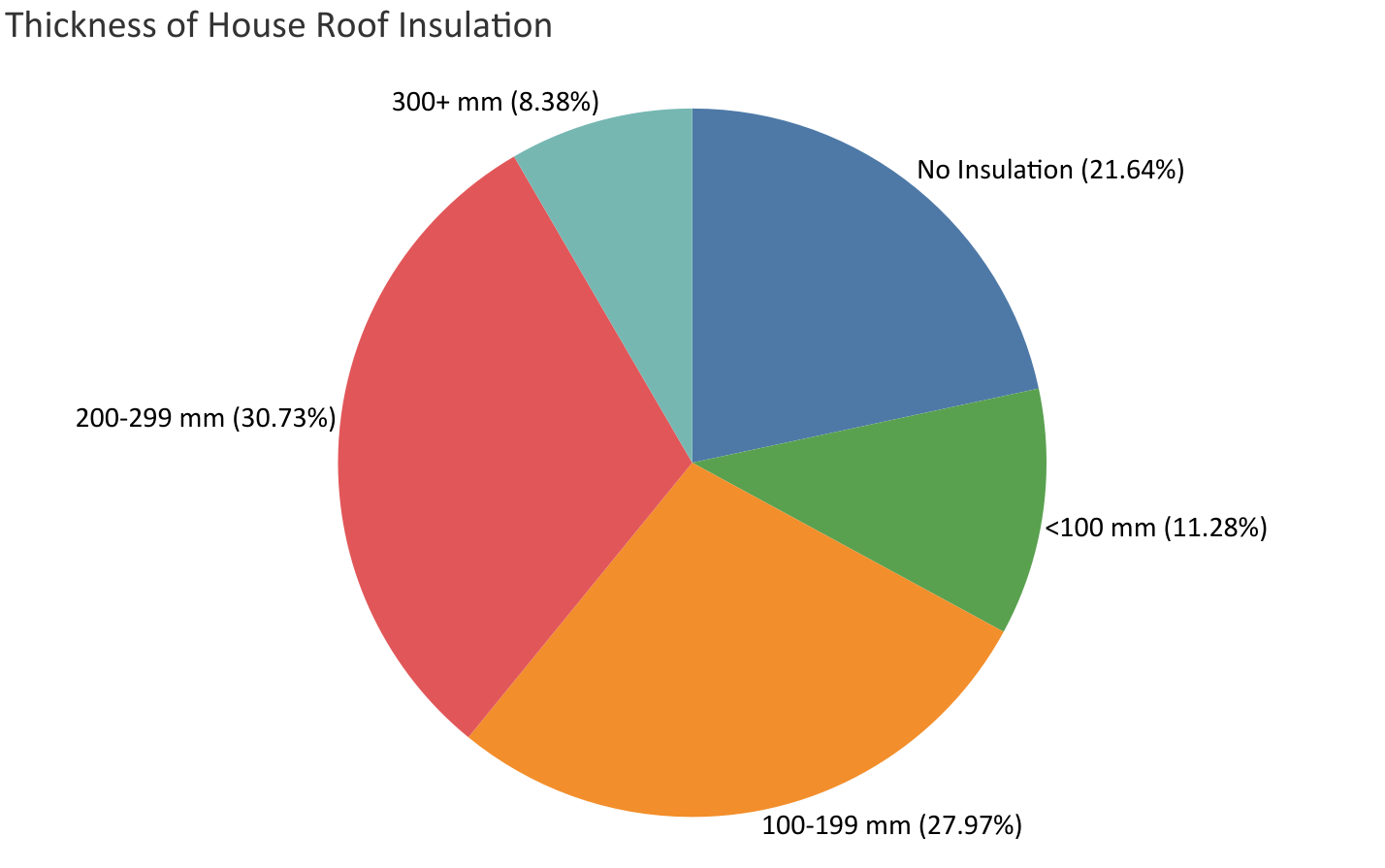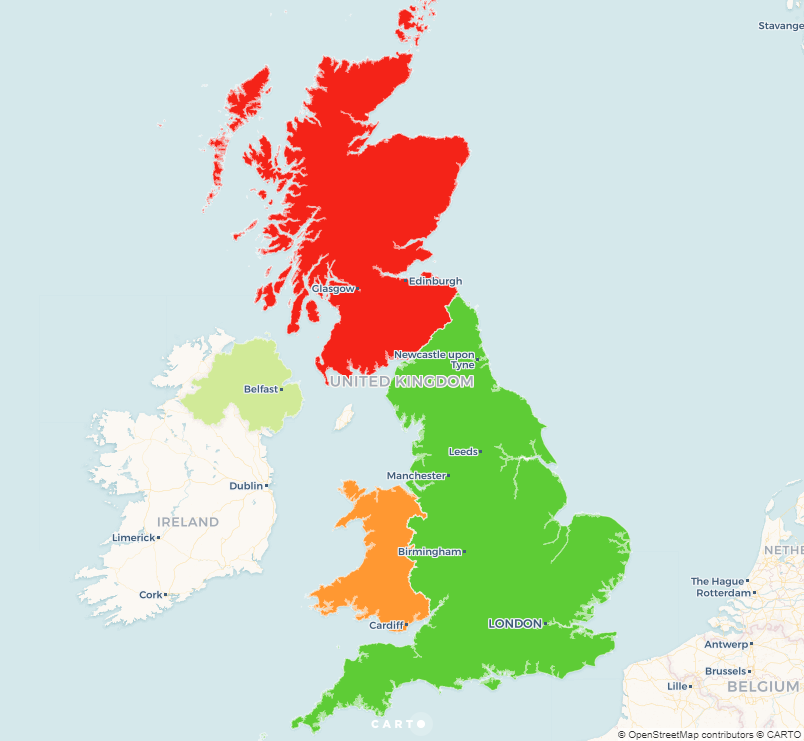Equality in the Workplace
Share

Steps in the right direction
The advantages of having a diverse workforce are now widely acknowledged. The Centre for Creative Leadership states companies with a higher proportion of women in their workforce have higher job satisfaction from all genders, are more likely to attract young talent and are more likely to have increased revenue.
In the last few decades, more and more women have been entering the workplace. According to the office of national statistics (ONS) the female employment rate is up 20% since 1970 and the gap between female and male employment is 6.4%, the smallest ever recorded.
“The gap between male and female employment is the smallest ever recorded”
Key pieces of government legislation such as the Equality Act of 2010 which protects workers from discrimination and the Shared Parental Leave Regulations 2014 which allows couples to share maternity leave, allowing mothers to spend less time away from work, have helped more women progress in their careers.
The Issue
There is, however, an elephant in the room. The gender pay gap. By analysing our hourly wage data, we can see the gap not only exists but becomes more evident around and after the age most couples have a baby. This may imply women are struggling to rejoin the labour market after taking time off to care for a child.
The governments latest scheme in tackling gender discrimination is gender pay reporting which came into force in April 2018. It requires large businesses to report the difference in wages between genders or the ‘Gender Pay Gap’ (GPG). According to a report by the Government Equality Office in 2019, over 80% of companies who reported their GPG before August 2018 had more women in the lowest-paid positions than the highest-paid positions. If you take the mean hourly pay for males and females, you can calculate the GPG for the UK to be around 17%.
Women in charge
By using our business data-set, we can split newly appointed company directors by gender to see how the number of women in top positions has changed over time.
The percentage of female directors has grown by over 10% since 1994. Whilst this is a move in the right direction there is still a huge gap between the two genders, with 75% of new directors being male in 2020. We can also observe a slump in progress during the last 10 years, despite the introduction of gender pay reporting in 2018.
Another way of observing the number of women in top positions is by splitting individuals with significant control of a company by gender. An individual will often be classed as having significant control if they hold a majority or large percentage of shares in a company.
This graph also shows the stagnation of progress as the percentage of women with significant control has not increased since 2016 and is still a long way off an equal playing field with men.
Acknowledging Barriers
Acknowledging the barriers to women reaching top positions is vital in closing these gaps. By using our demographics data we can see the average hours worked for males in 2020 was 36, for females this was 29. This difference, along with the key points from the 3 graphs above, may imply that women are more likely to take either time off or a part-time position when entering parenthood. This effectively puts a halt to career progression, preventing women from reaching top positions and hence increasing the GPG.
Breaking Barriers
The Government Equalities Office report ‘Women’s Progression in the Workplace‘ describes ways in which we can change dogmas around part-time and flexible working to allow career progression through parenthood and make women feel more comfortable balancing their work and personal life. These include:
- Training managers in reshaping workloads to match flexible and part-time hours
- Promote senior figures who work part-time
- Advertise all jobs as being available flexibly for everyone, not just new parents
More work to be done
The dogma around part-time working is of course just one problem in an extremely complex issue. Women also feel anxiety in the workplace from the prevalence of male-dominated upper management, sexual harassment and many other factors. These issues are equally complex to solve but with an ever-increasing awareness hopefully, we can overcome the stagnation in recent years and make the workplace somewhere where everyone can thrive.
Sources: Center for Creative Leadership, Office for National Statistics, Women’s Progression in the Workplace, BBC
Want to know more about our demographics data?
Hourly wage is one of many demographic datasets we hold. Click below to find out more.
Click here







